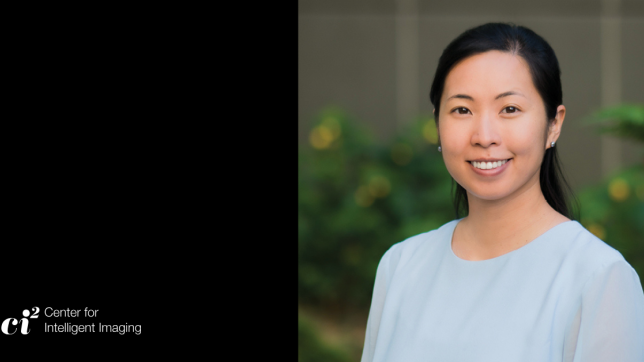A recent publication by a team including researchers from UCSF's Center for Intelligent Imaging (Ci2) reviewed recent advances in using mathematical models that capture features of brain dynamics, specifically as they pertain to the relationship between brain structure and function.
The investigators, led by first author Ashish Raj, PhD, share their conclusions in the paper, "Structure-function models of temporal, spatial and spectral characteristics of non-invasive whole brain functional imaging." The work was published in Frontiers in Neuroscience.
The review has three components: It "summarizes computational approaches that seek to understand how rich spatial and temporal structures can arise in brain activity … highlights several ways in which computational models are able to recapitulate empirical data across relevant scales … and discuss recent advances that attempt to make these complex computational models relevant to clinical and practical applications."
The investigators emphasize the need for mathematical models that are able to simultaneously capture the temporal, spatial and spectral features of whole brain functional imaging – an aspect that has received very little attention and was highlighted as a major gap in the field.
"We believe that this article will serve to inform a wide readership about recent modeling work that are important from a practical point of view, yet are at risk of being inaccessible to a wide audience due to their mathematical or computational nature," write the investigators.
Dr. Raj is a professor in the UCSF departments of Radiology and Biomedical Imaging and Bioengineering. Additional investigators include senior author Srikantan Nagarajan, PhD, also a member of Ci2, and UCSF Postdoctoral Researcher Parul Verma, PhD.
Read more about research and news at UCSF Ci2.




